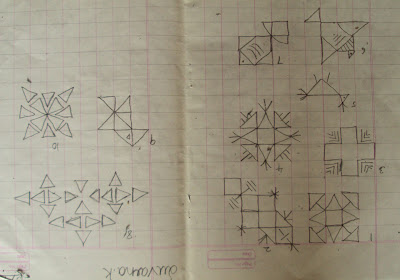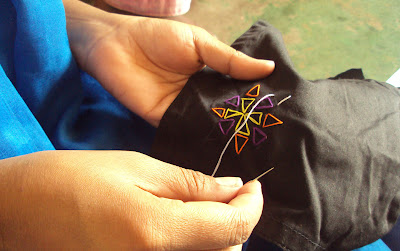How do designers become facilitators? How will I design facilitation?
Children learn more and are interested more when they are taught through play and fun rather than keeping a books in front of them which have passive visuals and just text. Introducing tools like debating which gets them to think and talking and counteract, something experiential, tools that involve making use of senses bring out more thoughts and insights.
I had an idea about teaching by using participatory tools but I witnessed in Aditi School as a part of my observation exercise for my project. But I wonder do these children grow faster than their age through this process? Do they lose out on something on the way? It is a powerful way to teach and learn but what is it that is getting lost. I sense something but I cannot really point out or may be its not losing, they are gaining too much to keep up with the others. But it will help in long run.
The facilitator knew what she wanted to achieve, it was clear in the head what is it that children shold be able to learn. It happened by putting them in certain situations, giving them toys to play and answer some questions. The whole process of making them learn about a big topic also involved leaning about small-small topics on the way to learn about the bigger topic.
I wished sit with standard sixth kids and learn and unlearn all over again.
Going to Drishya
I visited Drishya few times before starting the project. I was on an observation trip. the similar methodology in Aditi was being followed in Drishya, but resources were different, exposure was different as these children come from a very different background.
They were always eager to learn, to absorb, to make, to remember. Nothing was taken for granted by these children. There was a hunger of learning, and absorbing amongst these children.
I figured about their backgrounds, about their parents, what they like to do, a bit about how each of them think. Some were quieter than the others, but all of them worked peacefully. It was a calm atmosphere to learn.


































